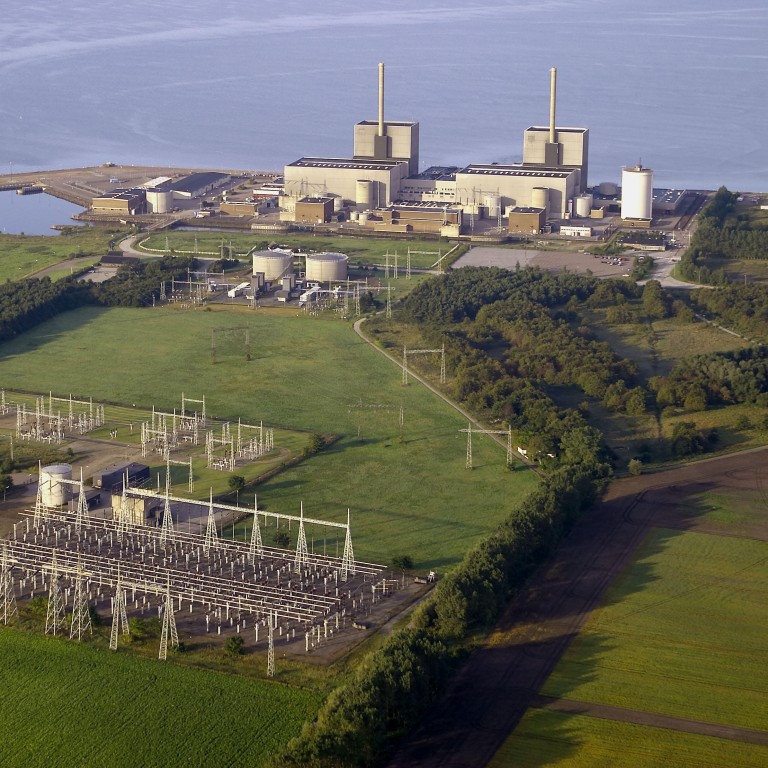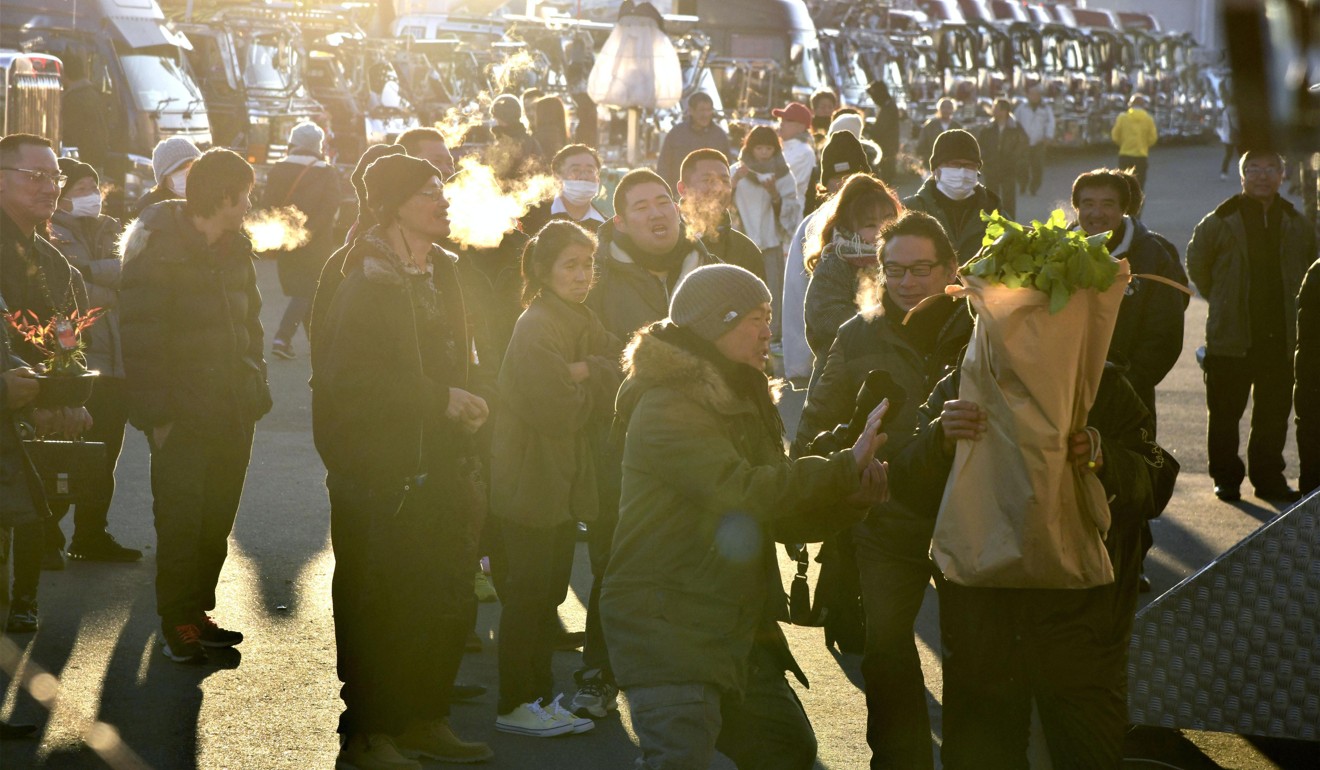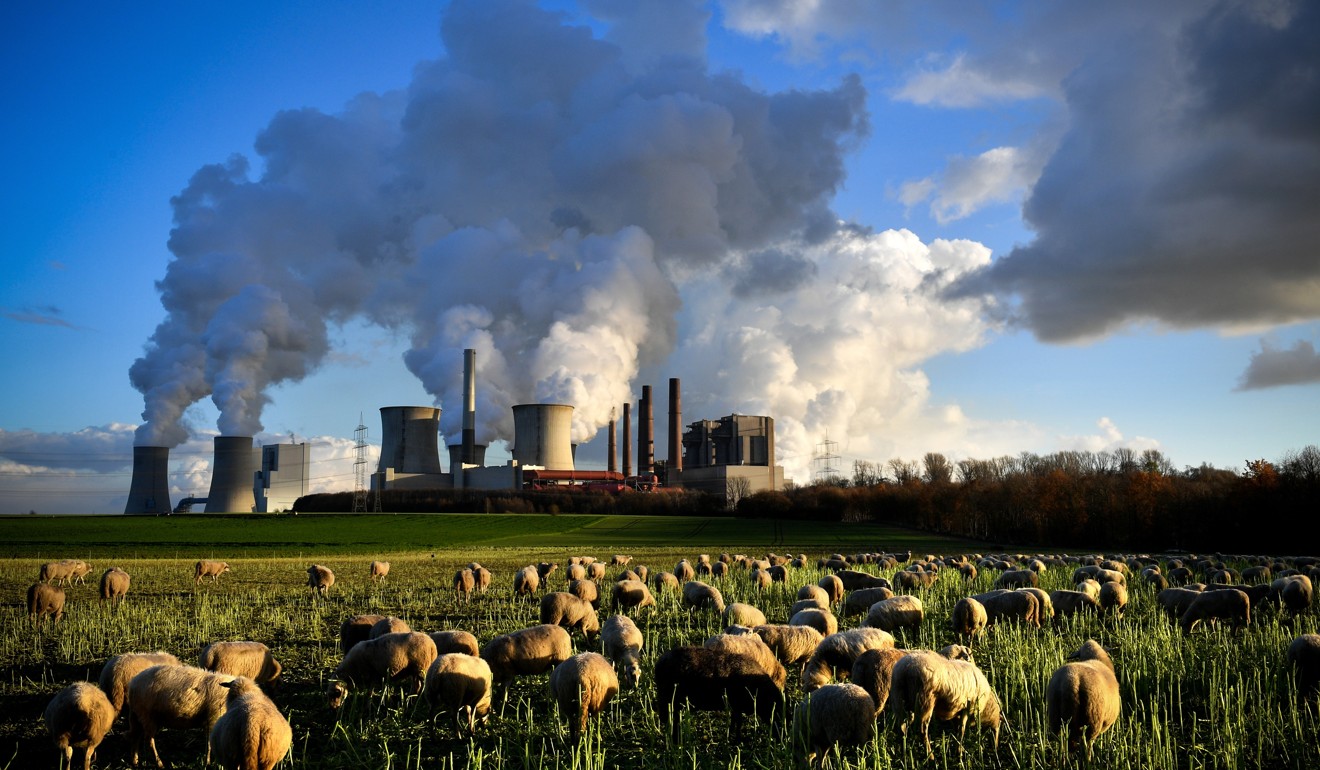
How energy guzzler Sweden has risen to the climate challenge by building nuclear power plants
- David Dodwell says a new book convincingly shows how Sweden’s use of nuclear power – far less dangerous than commonly believed – offers credible support to its transition to renewable energy sources, and the world should take notice
Not so Professor Joshua Goldstein from the American University in Washington, and the Swedish engineer, scientist and consultant Staffan Qvist, who last week published their new book, A Bright Future.
Goldstein and Qvist have a simple recommendation: “The world just needs to be a bit more like Sweden.” That means slashing our reliance on fossil fuels as ruthlessly as possible, continuing to build up our renewable energy resources, and above all else, build “kärnkraft”. That is Swedish for nuclear power plants.

But there is a ruthless logic to Goldstein and Qvist’s argument: the absolute priority is to decarbonise; and since it will take literally a century to build reliable and sufficient solar and wind power, we need to fill the breach with nuclear power generation, which is reliable and can be cranked up at speed while we solve the problems linked with other renewables. In short, it provides a safe, reliable and cost-effective route to fully decarbonised power generation within a time frame that keeps climate chaos at bay.
Its biggest nuclear plant, the 4GW Ringhals reactors, began operation in 1976, and has been purring away quietly ever since at the heart of the country’s “kärnkraft” strategy, producing zero carbon dioxide. Qvist notes that the fuel to run Ringhals for a year can fit in a single truck – while just a few hundred kilometers away in Germany, the Jänschwalde coal-fired plant, almost as big as Ringhals, burns 50,000 tonnes of lignite a day, and throws up into the atmosphere about 22 million tonnes of carbon dioxide a year.
Jänschwalde is part of Germany’s energy transition policy – which has bet all on renewables, abandoned nuclear power, and resorted to coal-fired power. Today, Germany is praised for lifting renewables to around 38 per cent of its power supply, but its resort to coal to provide reliability in supply means its carbon dioxide emissions today are as high as they have ever been. “Coal burns on,” the authors note, “Germany talks the talk, but Sweden walks the walk.”

They examine Germany’s showpiece Solarpark Meuro, covering 200 hectares and until recently Europe’s largest solar facility, which has a capacity of 166MW, and note there would need to be at least 24 Solarparks to match the capacity of Ringhals – and significantly more when you take account of the poor capacity use of solar facilities, which obviously cannot generate at night or in poor weather, and still need better batteries.
In the face of complaints in the UK and the US at the expense of nuclear facilities, they note that South Korea and China are reliably building nuclear plants for about US$2 billion per GW – compared with US$8 billion in the UK and US$12 billion in the US – and selling power at less than 7 US cents per kWh – far cheaper than average US costs of around 10 cents per kWh, and almost on a par with the 3-4 cent cost possible at coal-fired plants.
What fires up the authors perhaps more than anything else are the safety claims targeted at nuclear power: “Radiation rarely kills anyone, but fear of radiation kills a lot of people.” In response to claims that nuclear power is dangerous, they demand that people ask: “Compared to what?”
They recall that in the Fukushima disaster, 18,000 people died as a result of the tsunami, 1,000 died because of “a botched evacuation”, and literally zero lives were lost because of the nuclear plant meltdown. They say that more than 1 million people a year die or are sickened worldwide by the environmental harm done by burning coal, and ask by what measure nuclear power is dangerous.
They are similarly ruthless with those who say we can solve the climate challenge by changing our lifestyles: “By all means recycle, ride your bike and become a vegetarian, but do not imagine that these actions alone will solve the problem.” Dismissing such action as “feel-good distractions”, they argue that our challenge is not to use less energy, but to use clean energy. With over 1 billion people worldwide still without access to electricity, they say the irresistible pressure is to generate more electricity, not less.
It is for this reason that Sweden provides such a potent poster child for their decarbonised future. Sweden is among the world’s top 10 per capita power consumers, and manages a quality of life that ranks high worldwide without affecting our climate. Decarbonised living does not have to be bleak and austere.
So their suggestion is clear: set aside our irrational and unjustified anxieties about nuclear power and build nuclear plants as fast as possible – over 100 a year – to get rid of fossil-based power generation that is the true and existential threat to our future, and to provide a bridge to the day when renewables can fill the breach.
Their advice to China, which is building more nuclear, more wind, and more solar than any other nation, but is still by far the world’s worst emitter of carbon dioxide: “Solving the world’s climate problem without solving the China coal problem is flat-out impossible. So China must do what Sweden did, but on a bigger scale.”
David Dodwell researches and writes about global, regional and Hong Kong challenges from a Hong Kong point of view

